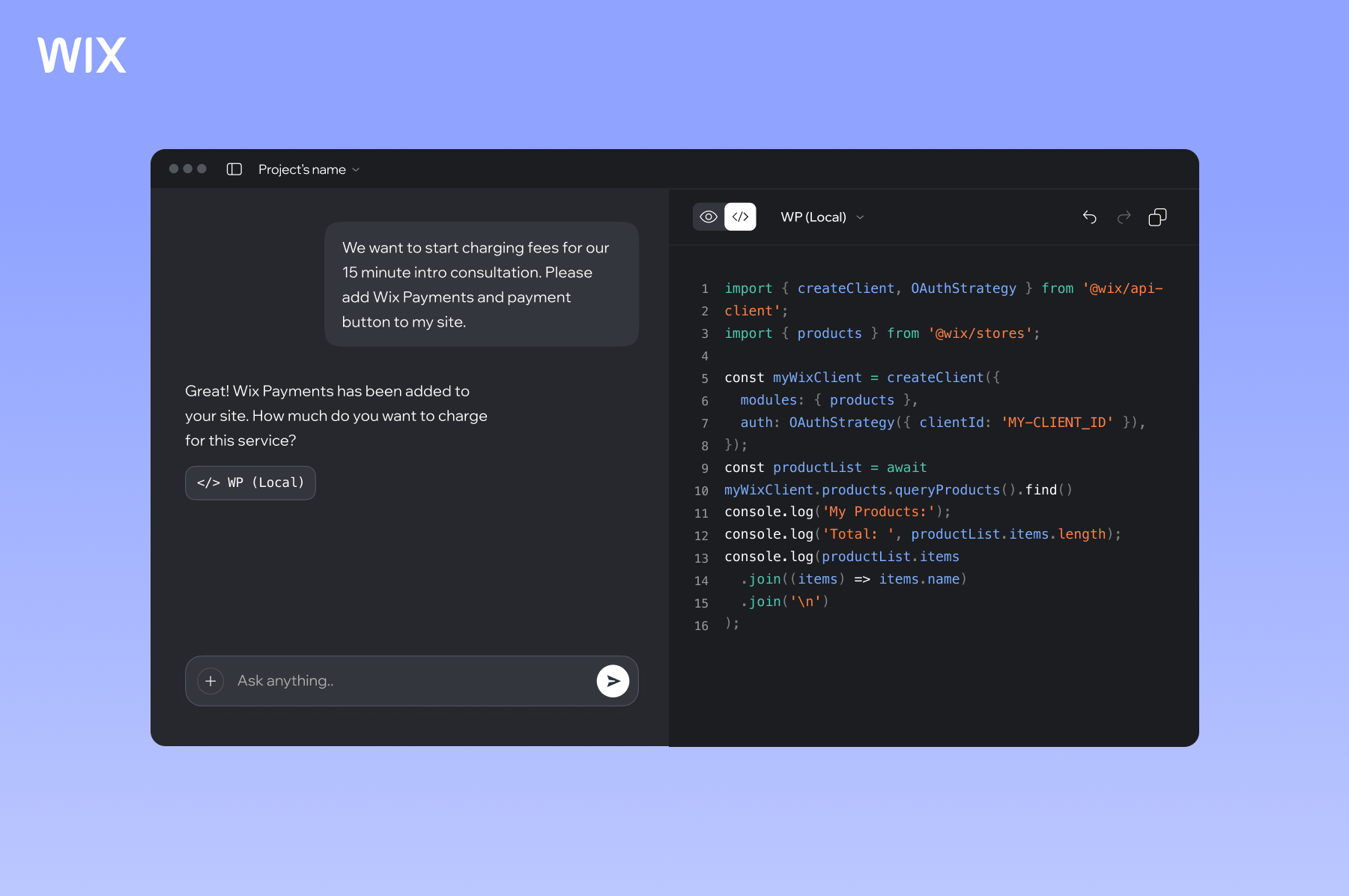Why is My Display Class Not Working Inside If-Else Blocks?
When attempting to display your DataFrame using a custom class within a conditional statement in a Jupyter Notebook (.ipynb file), you may encounter issues that leave you puzzled about why the intended functionality is not working as expected. Understanding how Python evaluates expressions and the interplay between functions and conditional statements will help you resolve this. Understanding the Issue The problem you are facing likely arises from how the Jupyter Notebook handles outputs versus how you expect to see them. When you define a class in Python and try to use its functionality within an if-else block, particularly in a Jupyter cell, the output may not be rendered as you anticipate. The Jupyter Notebook automatically displays the output of the last evaluated expression in a cell. However, this behavior may not apply directly inside blocks like if-else statements because the other outputs are not the last evaluated expression when the block runs. Potential Fix with Return Statement To ensure that the DataFrame is displayed properly even when used inside a conditional structure, you could modify the usage of the display class by explicitly calling it in a return statement. Here’s how to implement that: Example Code Adjustment Display Class Definition Your class definition does not need any change: # Handy class for DataFrame viz class display(object): '''Display HTML representation of multiple objects''' template = ''' {0}{1} ''' def __init__(self, *args): self.args = args def _repr_html_(self): return '\n'.join(self.template.format(a, eval(a)._repr_html_()) for a in self.args) def __repr__(self): return '\n\n'.join(a + '\n' + repr(eval(a)) for a in self.args) Importing and Creating a DataFrame You can keep this part intact as shown: import pandas as pd # Create a sample DataFrame with 3 rows and 5 columns df = pd.DataFrame({ 'A': [1, 2, 3], 'B': [4, 5, 6], 'C': [7, 8, 9], 'D': [10, 11, 12], 'E': [13, 14, 15] }) Using the Display Class Inside an If Statement Incorporate the following code in a cell to see the results: inside = True if inside: d = display('df') d By assigning the class instance to a variable and then placing that variable on a separate line, you are explicitly instructing Jupyter to render the output associated with that variable, thereby circumventing any issues stemming from control flow statements. Frequently Asked Questions Why doesn’t my DataFrame display inside an if statement? In Jupyter, only the last expression's result in a cell is displayed. Therefore, if your display command is inside a block, it doesn't get automatically rendered. Does this behavior apply to all Python environments? This behavior is typically specific to Jupyter Notebooks. Other Python environments such as scripts in an IDE or terminal may not have this restriction. How can I debug similar display issues? To debug display issues, try separating output expressions from conditional logic, and consider utilizing return statements for better clarity. Should I always use variables in Jupyter to display outputs? It's good practice to ensure clarity in code. Using variables to hold outputs can help maintain readability and prevent silent errors.

When attempting to display your DataFrame using a custom class within a conditional statement in a Jupyter Notebook (.ipynb file), you may encounter issues that leave you puzzled about why the intended functionality is not working as expected. Understanding how Python evaluates expressions and the interplay between functions and conditional statements will help you resolve this.
Understanding the Issue
The problem you are facing likely arises from how the Jupyter Notebook handles outputs versus how you expect to see them. When you define a class in Python and try to use its functionality within an if-else block, particularly in a Jupyter cell, the output may not be rendered as you anticipate.
The Jupyter Notebook automatically displays the output of the last evaluated expression in a cell. However, this behavior may not apply directly inside blocks like if-else statements because the other outputs are not the last evaluated expression when the block runs.
Potential Fix with Return Statement
To ensure that the DataFrame is displayed properly even when used inside a conditional structure, you could modify the usage of the display class by explicitly calling it in a return statement. Here’s how to implement that:
Example Code Adjustment
Display Class Definition
Your class definition does not need any change:
# Handy class for DataFrame viz
class display(object):
'''Display HTML representation of multiple objects'''
template = '''
{0}{1}
'''
def __init__(self, *args):
self.args = args
def _repr_html_(self):
return '\n'.join(self.template.format(a, eval(a)._repr_html_()) for a in self.args)
def __repr__(self):
return '\n\n'.join(a + '\n' + repr(eval(a)) for a in self.args)
Importing and Creating a DataFrame
You can keep this part intact as shown:
import pandas as pd
# Create a sample DataFrame with 3 rows and 5 columns
df = pd.DataFrame({
'A': [1, 2, 3],
'B': [4, 5, 6],
'C': [7, 8, 9],
'D': [10, 11, 12],
'E': [13, 14, 15]
})
Using the Display Class Inside an If Statement
Incorporate the following code in a cell to see the results:
inside = True
if inside:
d = display('df')
d
By assigning the class instance to a variable and then placing that variable on a separate line, you are explicitly instructing Jupyter to render the output associated with that variable, thereby circumventing any issues stemming from control flow statements.
Frequently Asked Questions
Why doesn’t my DataFrame display inside an if statement?
- In Jupyter, only the last expression's result in a cell is displayed. Therefore, if your display command is inside a block, it doesn't get automatically rendered.
Does this behavior apply to all Python environments?
- This behavior is typically specific to Jupyter Notebooks. Other Python environments such as scripts in an IDE or terminal may not have this restriction.
How can I debug similar display issues?
- To debug display issues, try separating output expressions from conditional logic, and consider utilizing return statements for better clarity.
Should I always use variables in Jupyter to display outputs?
- It's good practice to ensure clarity in code. Using variables to hold outputs can help maintain readability and prevent silent errors.





































































































































































![[The AI Show Episode 146]: Rise of “AI-First” Companies, AI Job Disruption, GPT-4o Update Gets Rolled Back, How Big Consulting Firms Use AI, and Meta AI App](https://www.marketingaiinstitute.com/hubfs/ep%20146%20cover.png)



































































































































































































































.jpg?#)


































_Wavebreakmedia_Ltd_IFE-240611_Alamy.jpg?width=1280&auto=webp&quality=80&disable=upscale#)

_Alexey_Kotelnikov_Alamy.jpg?width=1280&auto=webp&quality=80&disable=upscale#)
_Brian_Jackson_Alamy.jpg?width=1280&auto=webp&quality=80&disable=upscale#)















































































































![Netflix Unveils Redesigned TV Interface With Smarter Recommendations [Video]](https://www.iclarified.com/images/news/97249/97249/97249-640.jpg)


![Apple Seeds visionOS 2.5 RC to Developers [Download]](https://www.iclarified.com/images/news/97240/97240/97240-640.jpg)


































































































